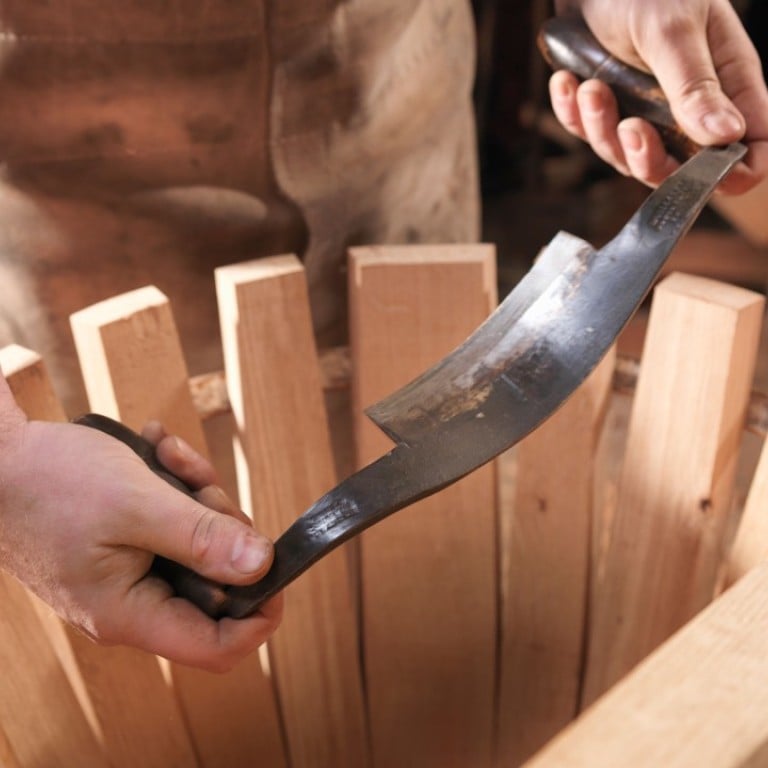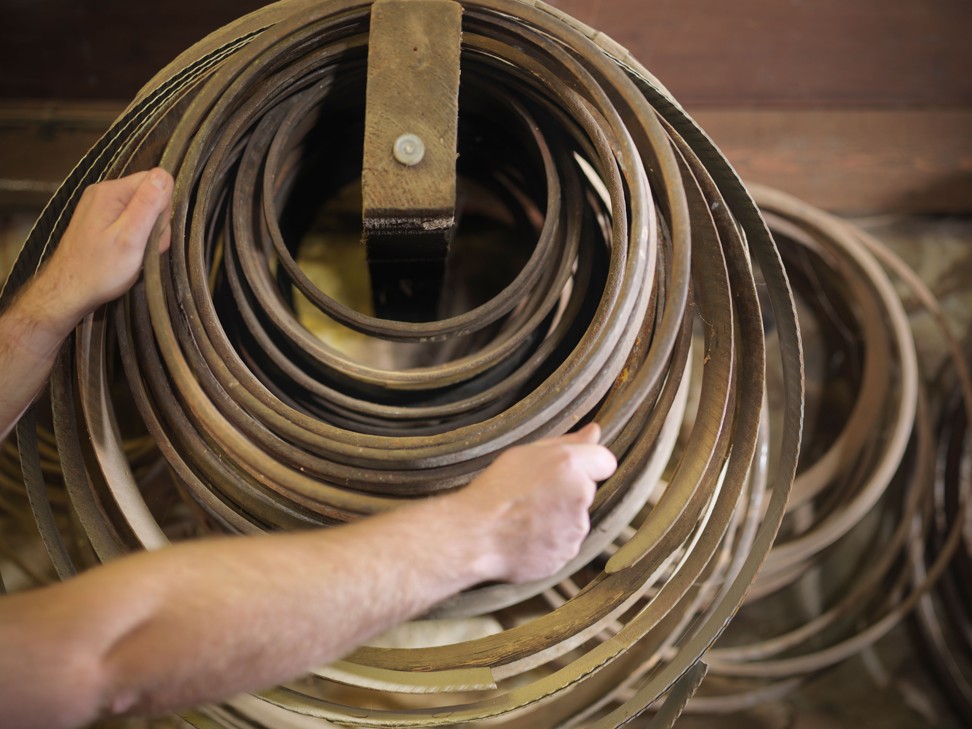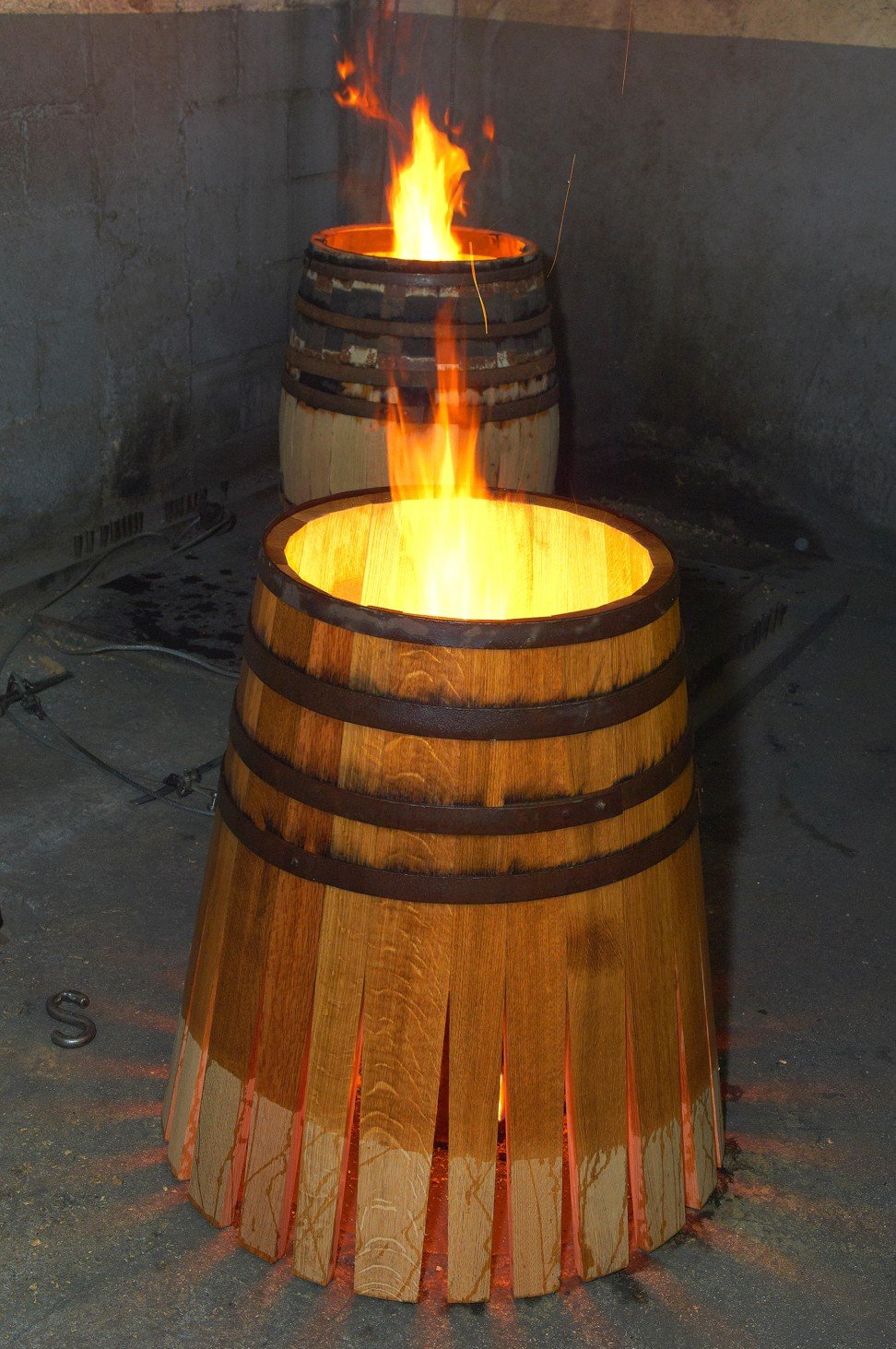
Wine from French oak or American oak – what a difference a barrel can make
More than just containers for fermenting or ageing, the right barrel can add depth and character to a wine
To the average drinker, a barrel is a container that holds wine before it is bottled. But there’s much more to them than that.
Barrels come in all sizes and are named according to the region in which they are used. In Bordeaux, France, barrels go by the names barrique (225 litres) or tonneau (900 litres); the latter is usually used for long-term ageing, or vinification.
In Burgundy, they are called a pièce (208 litres for pinot noir) while Chablis winemakers use a feuillette (132 litres). Pièce is also the term used in Champagne but, there, it holds 500 litres. Cognac uses two barrel sizes – fût (350 litres) and pipe (600 litres). The Germans like their barrels on the larger side. In Mosel, a barrel is called a fuder (1,000 litres); in the Rhein, it’s known as a stück (1,200 litres).
The smaller the barrel the more oak influence it has, because a proportionately larger surface area of wood is in contact with the wine.

The source of the wood used to make the barrel has a huge influence on the wine. French oak (Quercus robur and Quercus petraea) is the most revered because it has a finer grain as the trees grow slowly over decades. The main forests from which French oak is sourced include Allier, Limousin, Nevers, Tronçais and Vosges. American oak (Quercus alba) is a faster-growing tree and the wood has a wider grain, thus imparting tannins into the wine more quickly.
The flavour profiles of oak barrels vary widely. French oak is split, not sawn, which means only 20 to 25 per cent of the tree is used. It has a gentler effect on the tannins and enhances the fruit components of the grape while adding notes of spices and nuts. American oak, which can be sawn (a more economical use of the tree), is bolder due to its wider grain, and a wine needs to spend less time in the barrel for it to have an effect similar to a French barrel.

Any wine that spends time in a barrel will take on the characteristics of the oak. The newer the barrel, the more flavour it imparts. After three to five vintages, however, the barrel will have little effect.
Barrels are expensive, so winemakers do their best to maximise their use. An American oak barrel costs US$800 and up while those made with French oak start at US$1,200, depending on the forest from which the wood is sourced, and the cooperage (the place where barrels are created).
To make a barrel, oak trees are felled, split by hand into staves along the grain of the wood, stacked and dried naturally for 12 to 36 months. The longer the wood is dried, or “seasoned”, the gentler the tannins. American oak is dried in a kiln, which speeds up the process of seasoning but tends to create harsher wood tannins.

Assembling a barrel requires skill as no nails or glue are used. The staves are heated over an open fire, bent into shape and held together with iron rings. A winemaker can customise a barrel’s degree of toastiness. A light toast will impart more oak and coconut flavours while a heavy toast will give vanilla notes with hints of spiced cloves.
A cooperage is also where used barrels are refurbished to prolong their life. They are taken apart, sanded down and re-charred, and leaky staves are replaced. It’s dusty, noisy, fiery work.
On a recent visit to Andrew Stiller’s cooperage, in Australia’s Barossa Valley, I was lucky enough to witness the process, which is all done by hand, as it has been for hundreds of years. Watching the master cooper take a barrel apart with a few well-placed whacks of the mallet is to see efficiency in motion.
How does Stiller know when the barrel has been toasted enough? He follows his nose, much like a sommelier does, the only difference being that he keeps a water hose handy to put out the fire if things go wrong.

